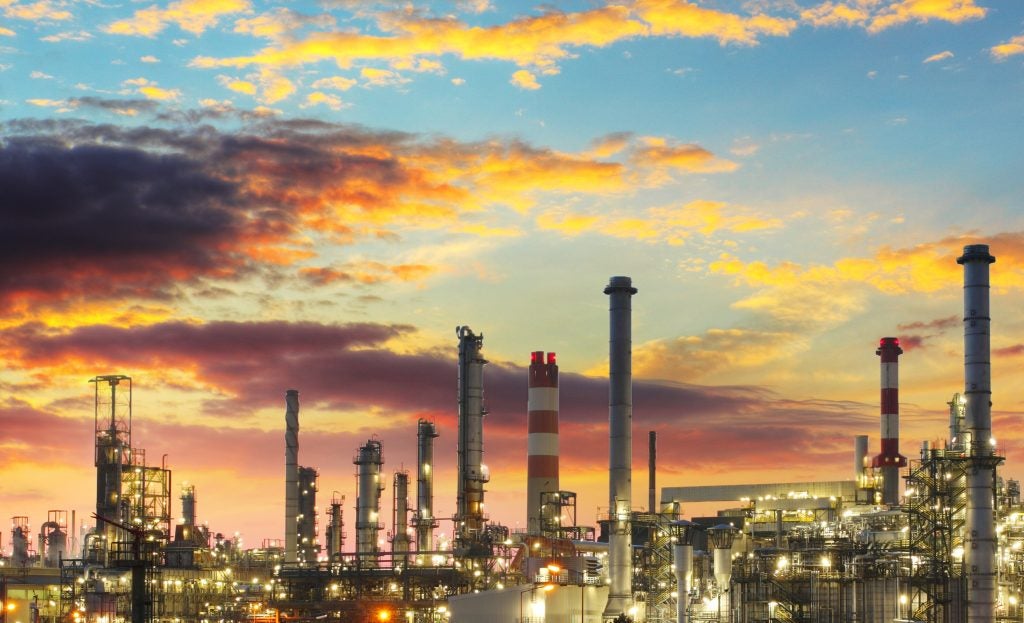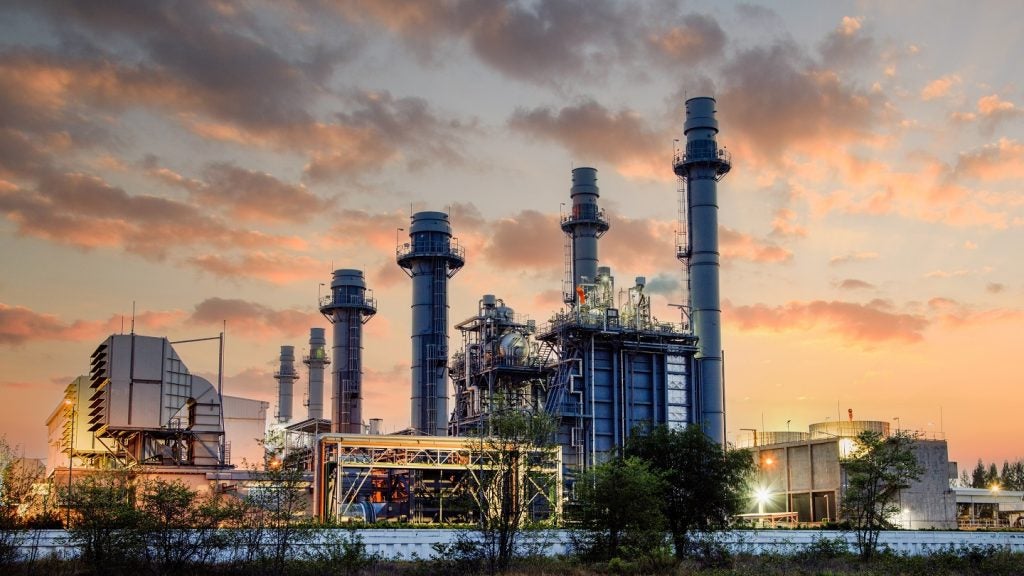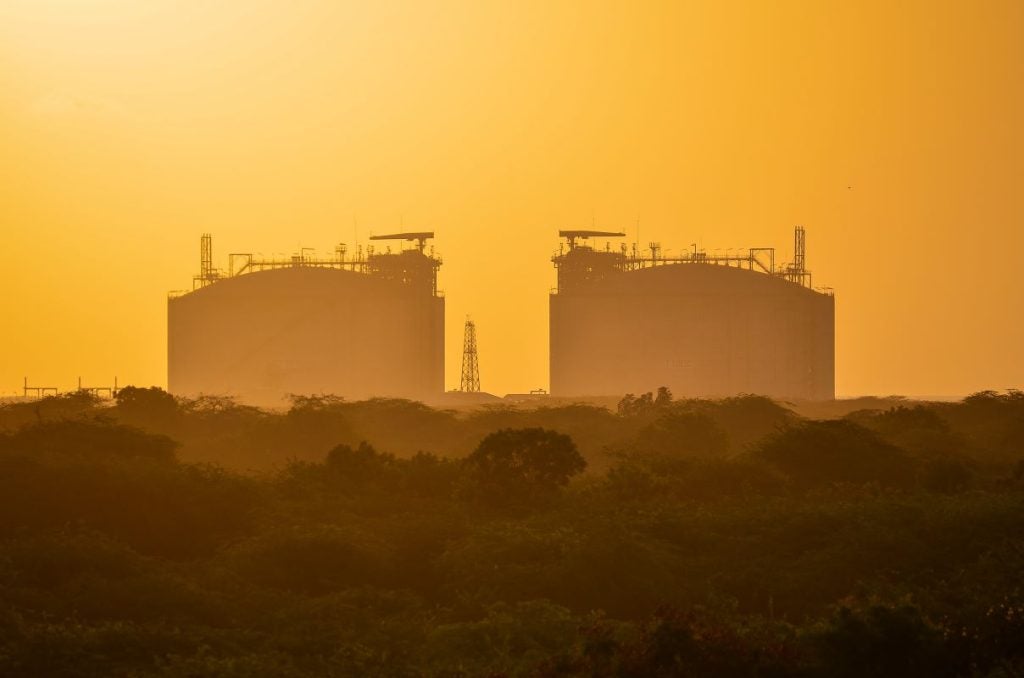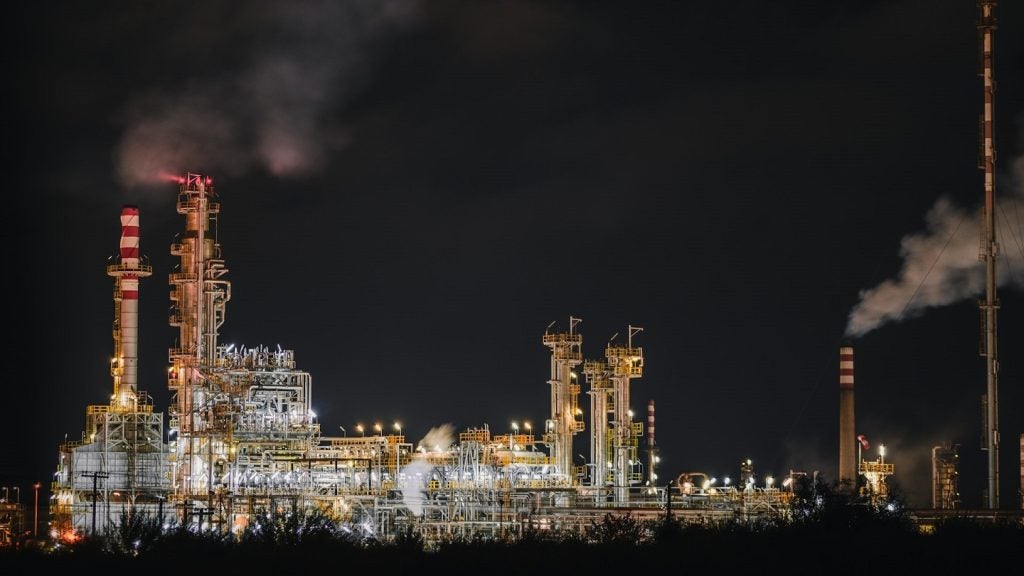Eirin is a conventional gas development located in shallow water in Norway and is operated by Equinor Energy. According to GlobalData, who tracks more than 34,000 active and developing oil and gas fields worldwide, Eirin was discovered in 1978, lies in block 15/5P (PL 048 E), with water depth of around 397 feet. Buy the profile here.
The project is currently in construction stage and is expected to start commercial production in 2025. The development cost is expected to be $374 m. The Eirin conventional gas development will includes subsea manifold and subsea trees.
Field participation details
The field is owned by Equinor and Orlen.
Production from Eirin
Production from the Eirin conventional gas development project is expected to begin in 2025 and is forecast to peak in 2026, Based on economic assumptions, the production will continue until the field reaches its economic limit in 2069.
Contractors involved in the Eirin conventional gas field
Some of the key contractors involved in the Eirin project as follows.
Design/FEED Engineering: Aker Solutions
Main EPC: HitecVision
Other Contractors: Aker Solutions, GE Oil & Gas, HitecVision and Moreld Apply
About Equinor Energy
Equinor Energy AS (Equinor Energy) is a wholly-owned subsidiary of Equinor ASA. The company provides oil and gas exploration and production services. It extracts, refines, and transports natural gas, crude oil, and wind power for manufacturing of synthetic fabrics, plastics, asphalt, cosmetics, and medicines. Equinor Energy is headquartered in Stavanger, Norway.
For more details on the Eirin Conventional Gas Field, buy the profile here.
Data Insights
From

The gold standard of business intelligence.
Blending expert knowledge with cutting-edge technology, GlobalData’s unrivalled proprietary data will enable you to decode what’s happening in your market. You can make better informed decisions and gain a future-proof advantage over your competitors.







